
10 Popular Types of Pasta Sauces and What to Pair Them With
Pasta dishes are loved worldwide, and the sauce makes all the difference. Here are 10 popular pasta sauces and tips on what types of pasta, ingredients, and wines pair best with each.
Baking is more than just following a recipe—it's about understanding the balance of ingredients and how they interact. When you get the ratios right, you can make delicious baked goods every time. The science behind baking relies heavily on precise measurements, and that's where the importance of ratios comes in. The ingredients in most recipes are expressed in "parts," which describe the proportion of each basic ingredient, and understanding these ratios will help you consistently achieve the best results.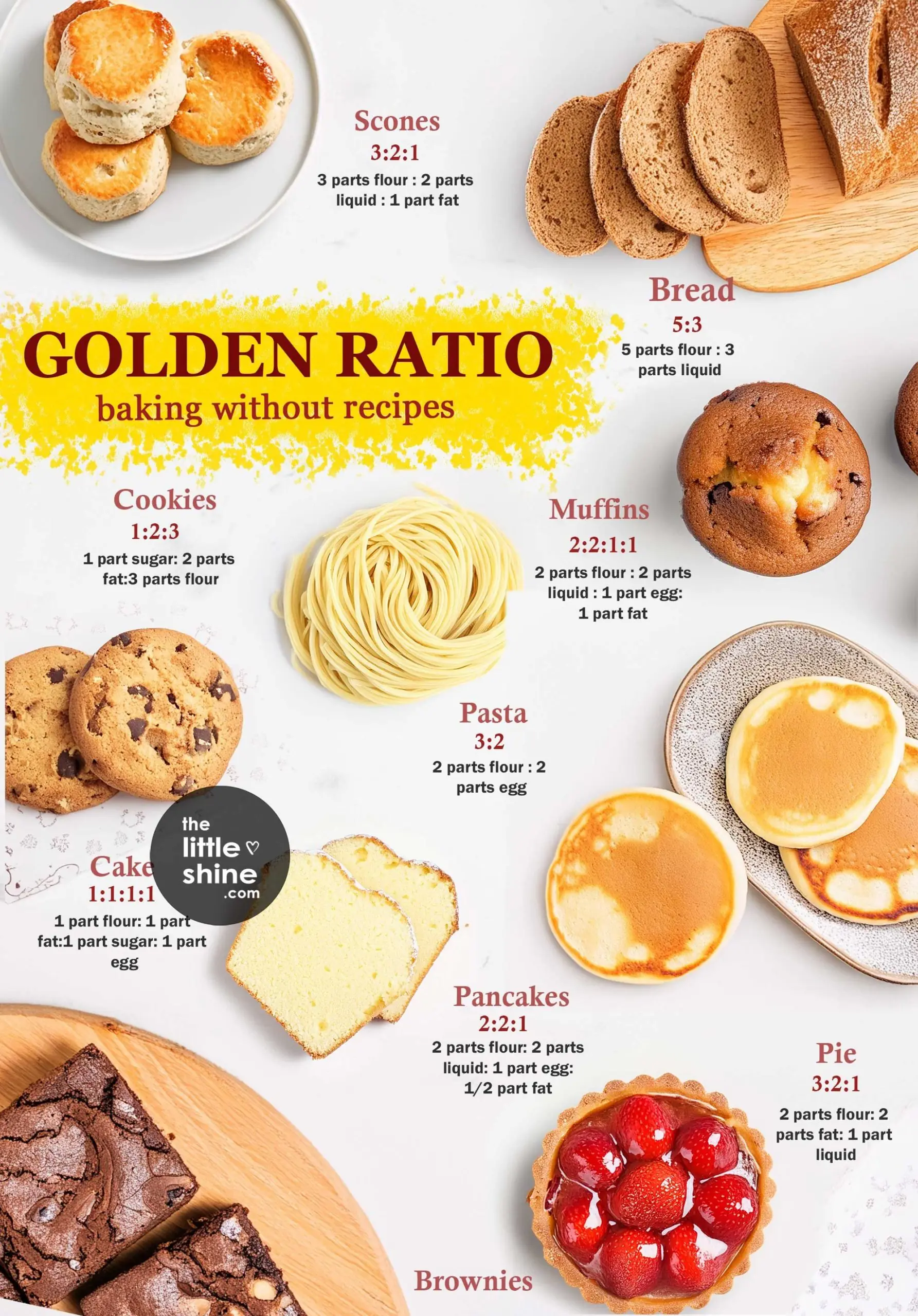
The weight of ingredients is generally the most accurate way to measure them, and using a kitchen scale will give you a precise measurement, leading to more reliable results than using measuring cups. With this in mind, let's explore some of the most common and important baking ratios you need to know to perfect your skills.
1. Pound Cake – 1:1:1:1 Ratio
One of the simplest and most versatile ratios in baking is the pound cake ratio. The ratio 1:1:1:1 means you use equal parts of flour, butter, eggs, and sugar. This is a classic "equal ratio" cake that dates back centuries, known for its dense, moist texture.
How to Bake It:
For example, if you’re using 150 grams of flour, you'll need 150 grams each of butter, sugar, and eggs.
Add 1 ½ teaspoons of baking powder to the mix for leavening and 1 teaspoon of vanilla extract for flavor.
This ratio makes it easy for beginners to get started in baking because it is straightforward and doesn't require a lot of advanced techniques. Simply blend the ingredients and bake!
2. Bread – 5:3 Ratio
Making bread is another basic skill for any baker. The ratio for a simple bread dough is 5:3, which translates to five parts flour to three parts water. This ratio is great for a basic, no-frills loaf, but other ingredients like salt, yeast, butter, and sugar can be added for extra flavor and texture.
How to Bake It:
For instance, 300 grams of flour will need 180 grams of water.
You can also add 18 grams of butter and 9 grams of sugar for extra richness.
Bread baking allows for creativity, and once you're comfortable with the basics, you can start experimenting with different grains, seasonings, and shapes.
3. Quick Bread – 2:2:1:1 Ratio
Quick breads like banana bread or zucchini bread don’t require yeast, making them much easier to make. The ratio of 2:2:1:1 ensures a moist, tender crumb. This ratio means you’ll use two parts of flour, two parts of liquid (such as milk or water), one part of egg, and one part of butter or oil.
How to Bake It:
For example, use 200 grams of flour, 200 grams of liquid, 100 grams of eggs, and 100 grams of butter.
Add sugar, baking powder, salt, and optional mix-ins like nuts or dried fruit to complete the recipe.
Quick breads are perfect for beginners since they don’t require yeast and can be made with a simple mix of wet and dry ingredients.
4. Pie Crust – 3:2:1 Ratio
A great pie crust is flaky, tender, and delicious. To get it just right, use the classic 3:2:1 ratio, which calls for three parts flour, two parts fat (usually butter), and one part water. This ratio ensures a crust that holds together without being tough.
How to Bake It:
For example, use 600 grams of all-purpose flour, 400 grams of butter, and 200 grams of ice-cold water.
Add 1 teaspoon of salt and 2 tablespoons of sugar for flavor.
The key to a perfect pie crust is to handle the dough gently to avoid overworking it, which can make the crust tough. Make sure to chill the dough before rolling it out to ensure a flaky result.
5. Crepes – 2:2:1 Ratio
Crepes are delicate and versatile, perfect for both sweet and savory fillings. The 2:2:1 ratio means using two parts liquid, two parts egg, and one part flour, resulting in a thin batter that cooks up soft and tender.
How to Bake It:
Use 8 ounces of eggs, 8 ounces of milk, and 4 ounces of flour.
For sweet crepes, you can add 1 tablespoon of sugar and ½ teaspoon of vanilla extract to enhance the flavor.
Crepes are easy to make once you get the hang of the batter consistency. They can be filled with fruits, cream, or savory fillings like cheese and ham for a satisfying meal.
6. Pasta Dough – 3:2 Ratio
Homemade pasta is a treat that is worth the effort. The classic ratio for pasta dough is 3:2, meaning three parts flour to two parts egg. This will give you a smooth, elastic dough that’s perfect for rolling out and cutting into your favorite shapes.
How to Bake It:
Use 300 grams of flour and 2 large eggs.
Add ½ teaspoon of salt and ½ tablespoon of olive oil to improve texture and flavor.
Pasta dough is simple to make and can be used for a variety of pasta types, from ravioli to tagliatelle. The key is to knead the dough well and let it rest before rolling it out to ensure the best texture.
7. Cookie Dough – 1:2:3 Ratio
The perfect cookies should be soft and chewy in the center with slightly crisp edges. The 1:2:3 ratio for cookie dough means one part sugar, two parts butter, and three parts flour. This ratio produces a dough that is easy to work with and holds its shape while baking.
How to Bake It:
For example, use 2 ounces of sugar, 4 ounces of butter, and 6 ounces of flour.
Add 1 egg, 1 teaspoon of vanilla extract, and a pinch of salt for flavor.
This ratio is perfect for creating your go-to cookie dough that can be customized with chocolate chips, nuts, or other add-ins.
8. Scones – 3:2:1 Ratio
Scones are deliciously flaky, and the 3:2:1 ratio is the perfect formula for a soft yet firm scone. This ratio calls for three parts flour, two parts liquid, and one part fat.
How to Bake It:
Use 250 grams of flour, 125 grams of cream, and 85 grams of butter.
Add 1 large egg, 1 tablespoon of baking powder, and a pinch of salt for flavor.
Scones are often served as a breakfast treat or at afternoon tea. With the right ratio, you can make perfect scones every time, whether you prefer them sweet or savory.
9. Muffins – 2:2:1:1 Ratio
Muffins are versatile and easy to make, with a light texture that’s perfect for breakfast or a snack. The 2:2:1:1 ratio means you’ll use two parts flour, two parts liquid, one part egg, and one part butter.
How to Bake It:
Use 200 grams of flour, 200 grams of milk, 100 grams of egg, and 100 grams of butter.
Add 2 teaspoons of baking powder, a pinch of salt, and 2/3 cup of sugar.
Muffins are customizable, so you can add fruits, nuts, or even chocolate chips for added flavor.
10. Biscuits – 3:2:1 Ratio
Biscuits are crunchy and must always have a nice snap when you bite into them. The 3:2:1 ratio ensures that your biscuits are crisp and tender at the same time.
How to Bake It:
Use 250 grams of flour, 175 milliliters of milk, and 85 grams of butter.
Add 1 tablespoon of baking powder, 1 tablespoon of granulated sugar, and a pinch of salt.
This simple ratio produces the perfect biscuit dough that can be rolled and cut into your desired shapes. They’re perfect when served warm with butter and jam.
Conclusion
Mastering baking ratios is essential to achieving consistent and delicious results in the kitchen. By understanding the basic ratios for cakes, bread, pie crusts, cookies, and more, you can create a wide variety of baked goods with precision. While ratios provide a strong foundation, don’t be afraid to experiment and adapt the recipes to suit your personal preferences. Whether you're a beginner or an experienced baker, these ratios will help you achieve perfect results every time. Happy baking!

Pasta dishes are loved worldwide, and the sauce makes all the difference. Here are 10 popular pasta sauces and tips on what types of pasta, ingredients, and wines pair best with each.

Food adulteration is widespread, but with simple home tests, you can easily detect common adulterants in your food and ensure what you're consuming is safe.

Liver health is crucial to overall well-being, and several herbs may help support and protect the liver. Here are the 10 most effective herbs for liver health, along with the necessary precautions.

Even with just 10 minutes to spare, you can tackle a variety of cleaning tasks that will make your home look fresh and tidy. Here are 10 things you can clean in 10 minutes or less!

From turmeric to magnesium, explore 9 home remedies that are supported by scientific research, offering natural solutions to common ailments like pain, inflammation, and digestion issues.
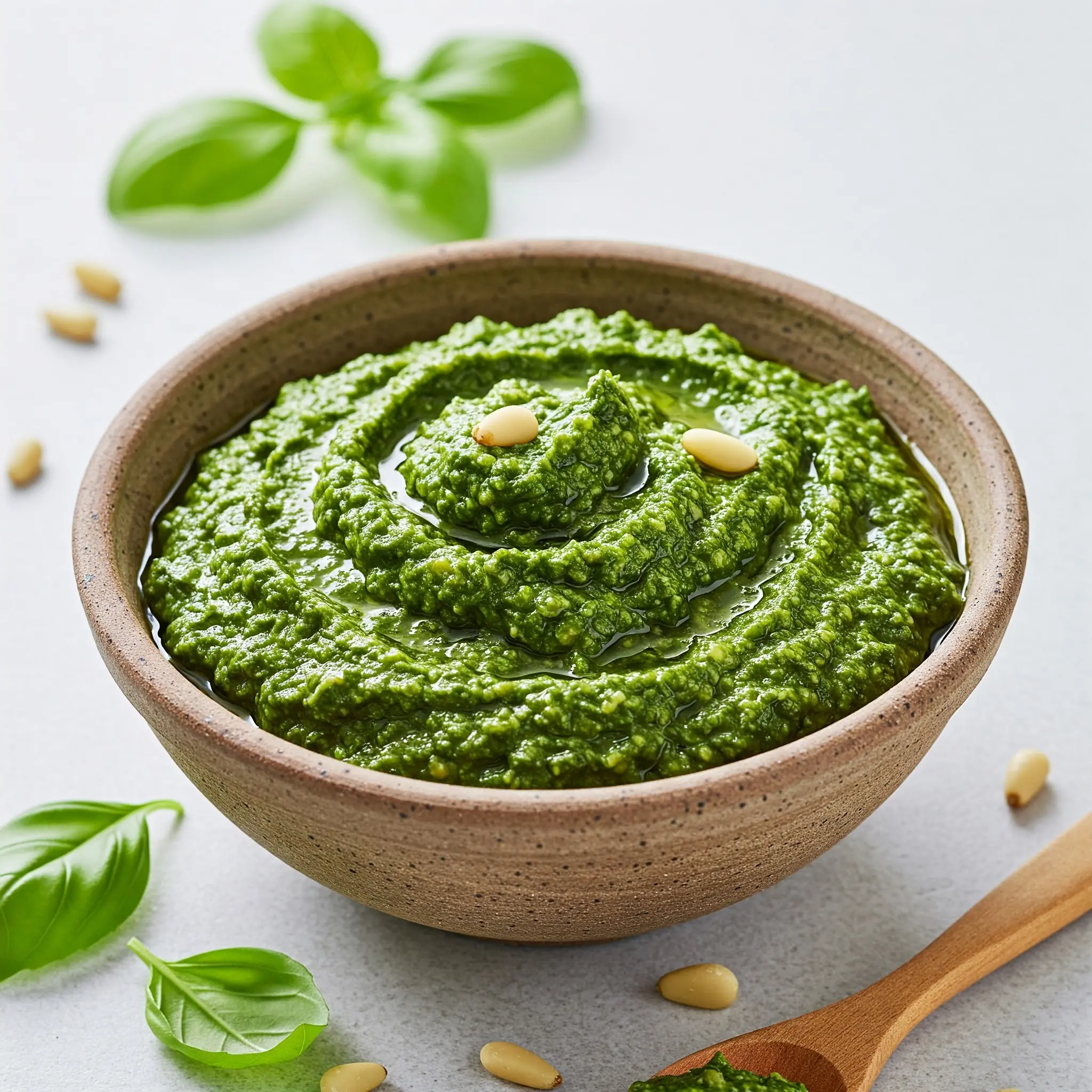
Pesto is a versatile and flavorful sauce that adds a fresh touch to any dish. Here are 6 easy-to-make pesto recipes, each offering a unique twist on the classic.
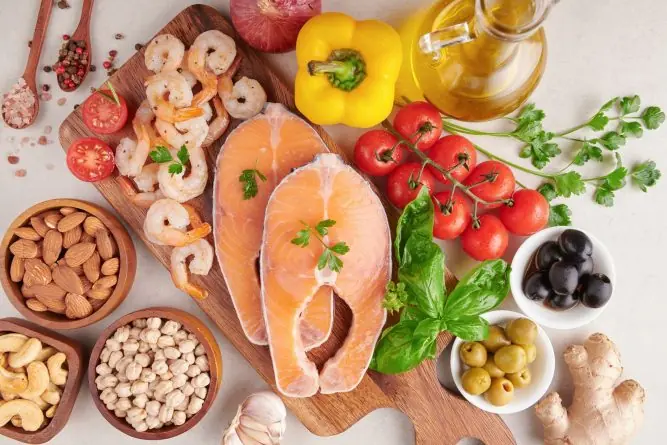
A balanced diet is key to maintaining optimal health. Learn how specific foods support the health of various organs and systems, from your heart to your hair.

Craving a quick dessert? Mug cakes are the perfect solution for satisfying your sweet tooth in minutes, with these 7 easy-to-make recipes that deliver amazing results.

Good sleep is essential for maintaining physical and mental health.
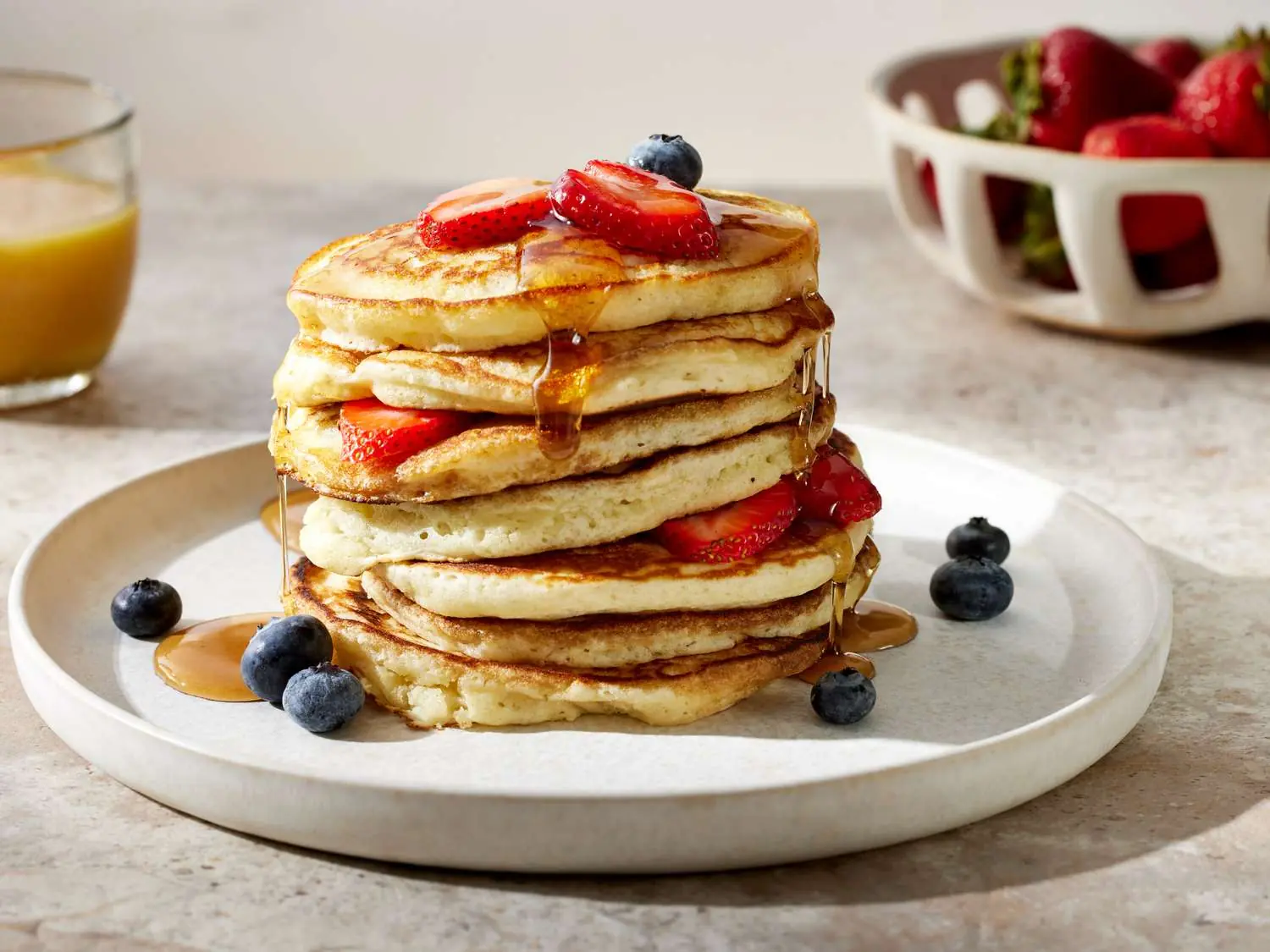


Dealing with emotions effectively is crucial for maintaining mental and physical health. Whether it's frustration, anger, sadness, or happiness, understanding and managing these feelings can enhance your overall well-being.
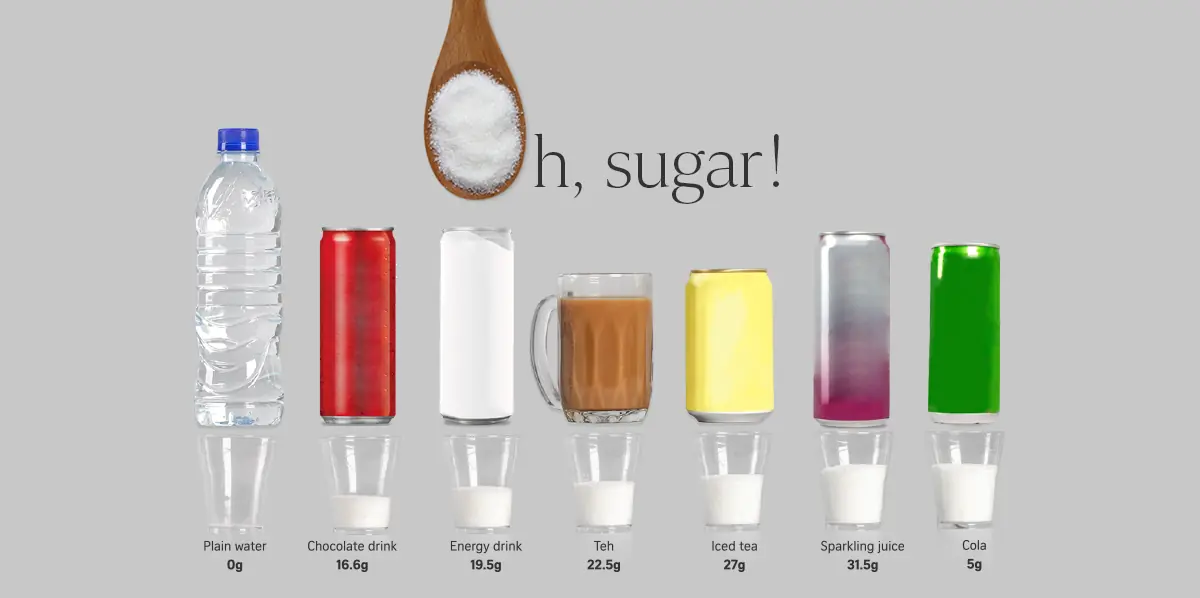
Many popular beverages contain more sugar than you might think, and it's important to understand how much sugar you're consuming to avoid the negative health impacts.

Tired of pests around your house? These natural, homemade bug repellents can help you eliminate ants, mosquitoes, cockroaches, and other insects without the use of harsh chemicals.

Looking for a healthy, refreshing drink to enjoy this summer? Here are 6 delicious iced tea recipes packed with health benefits that you can easily prepare at home!
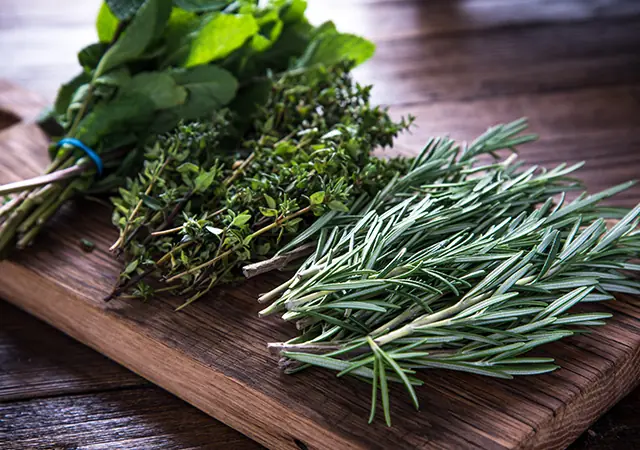
Discover the amazing health and beauty benefits of 10 powerful herbs that go beyond adding flavor to your food and can improve overall well-being.

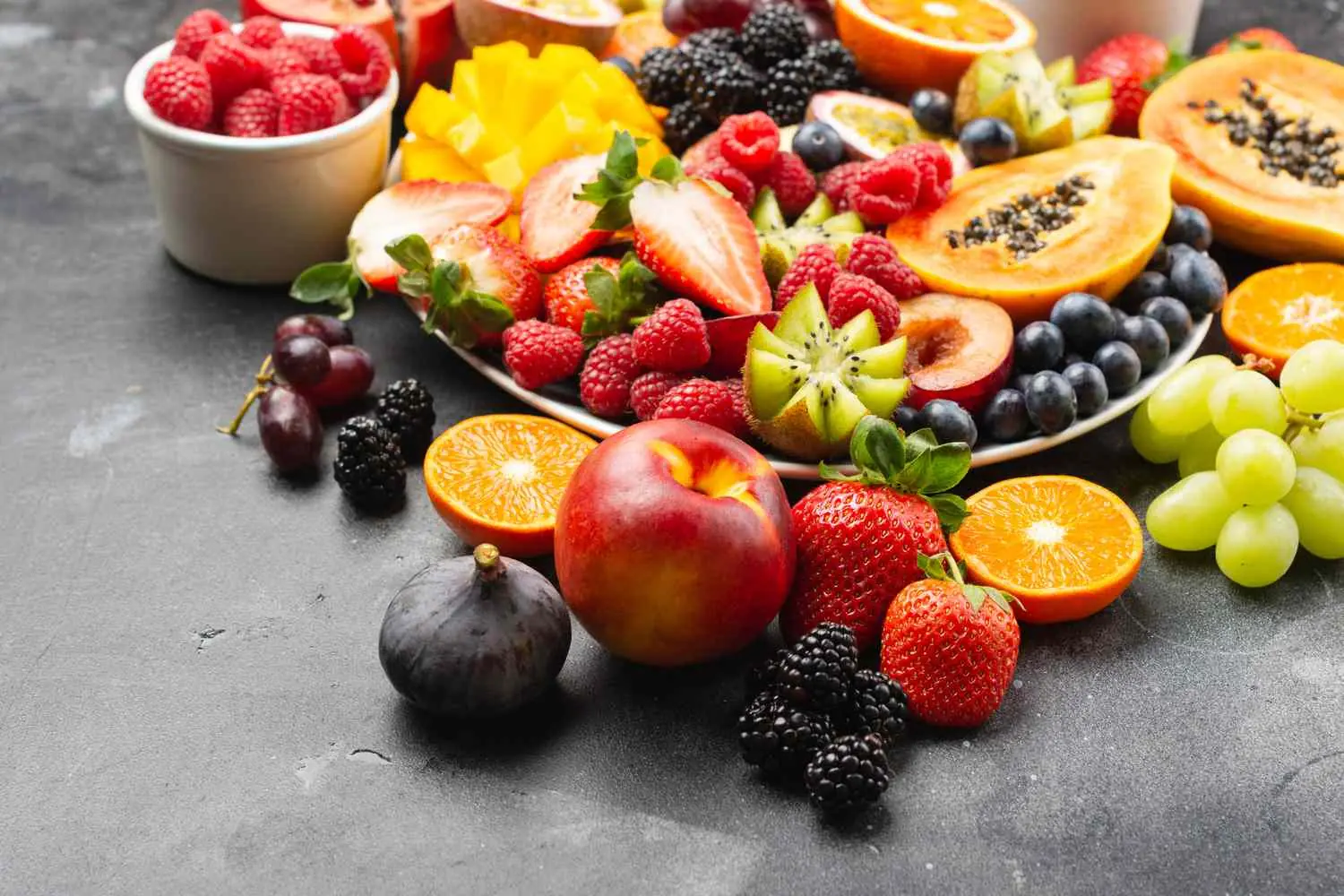
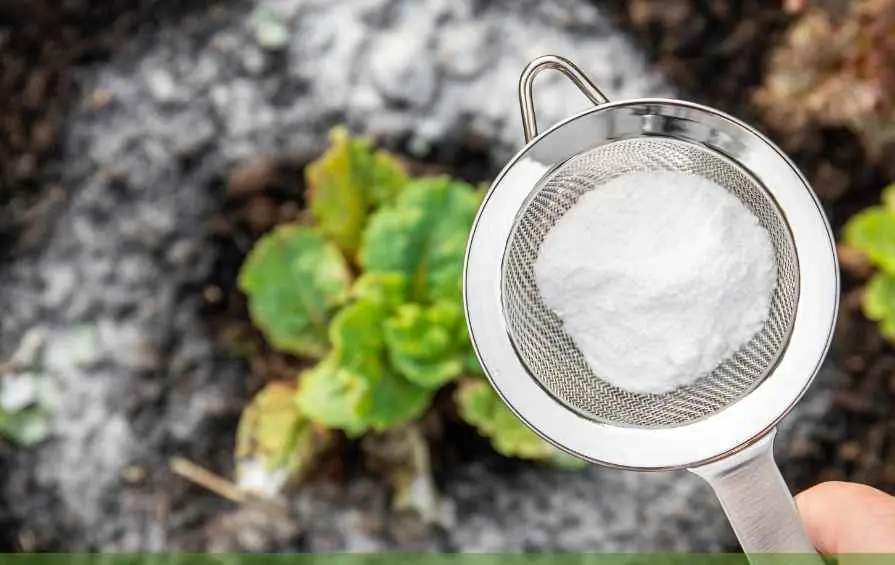

A photo from my late aunt’s cabin led me on a journey of grief, reflection, and finally embracing life’s changes—her true lesson for me.

A boy’s curious question during a school presentation on snakes sparked a powerful conversation about ethics, kindness, and how one simple inquiry can inspire change.

After almost a year apart, seeing my husband and daughter reunited stirred a storm of emotions—pa!n, hope, and the difficult journey of moving on.

A little boy’s innocent dream to become a doctor takes on deep meaning when he reveals the first person he wants to save—his ailing grandpa. A story of hope, love, and the power of belief.

After a tough morning, a kind police officer’s words to my withdrawn son sparked hope and reminded me that sometimes, a stranger’s kindness is exactly what we need.

For 80 years, my grandma drank a glass of wine every night. Last night, she revealed the heartbreaking story behind it—a journey of survival, courage, and resilience.

A heartwarming small-town mailman becomes the center of a chilling mystery when unexpected letters arrive. Discover the suspense, hidden secrets, and a surprising twist that changes everything.

Inigo Pascual opens up about the invaluable guidance he receives from his father, celebrated actor Piolo Pascual, especially when tackling challenging dramatic scenes in his acting career.

In a surprising turn of events, Kapuso actor David Licauco shares his unique connection with the iconic reality show, 'Pinoy Big Brother.'


Ruffa Gutierrez’s heartfelt birthday greeting for boyfriend Herbert Bautista melts hearts online. See how their quiet yet meaningful moments captured the attention of many fans.

Atasha Muhlach steps away from the popular noontime show ‘Eat Bulaga’ due to scheduling conflicts with her lead role in the upcoming series ‘Bad Genius.’ Find out what’s next for the rising star.

Vincent Co reportedly deeply in love with Bea Alonzo — sources reveal

David Licauco opens up about his unforgettable experience inside the "Pinoy Big Brother" house, sharing revelations, gratitude, and a surprising confession about his journey in the reality show.

Ashtine Olviga opens up about her chemistry with Andres Muhlach in their new TV series and shares surprising insights about his personality, generosity, and humility despite his famous lineage.

After more than a week of silence and concern, Vivamax star Karen Lopez opens up about her absence, apologizing and sharing her journey toward mental and emotional recovery. Read her heartfelt message here.


A woman’s quiet struggle with grief and depression went unnoticed until her dog saved her life. This touching story of love, loyalty, and family highlights the importance of being there for those who need it most.

While Bea Alonzo and billionaire businessman Vincent Co continue to make headlines due to their recent outings, reports about a potential engagement in Spain have emerged. However, neither Bea nor Vincent has confirmed the nature of their relationship or
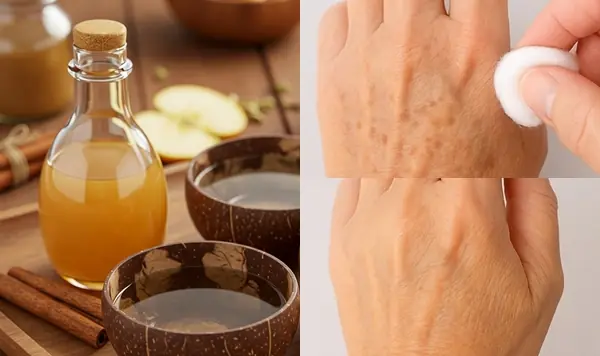
Apple cider vinegar is a simple, natural way to reduce age spots and restore a more even skin tone - right from your kitchen.